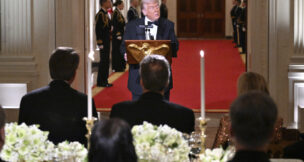Senate, House spreadsheets hint at modest budget increase
Hank Stephenson and Ben Giles//April 8, 2016//
Senate, House spreadsheets hint at modest budget increase
Hank Stephenson and Ben Giles//April 8, 2016//
Senate President Andy Biggs wants to introduce a budget as early as next week, but House Republicans fear their chamber isn’t keeping up the pace, and House priorities could end...













































